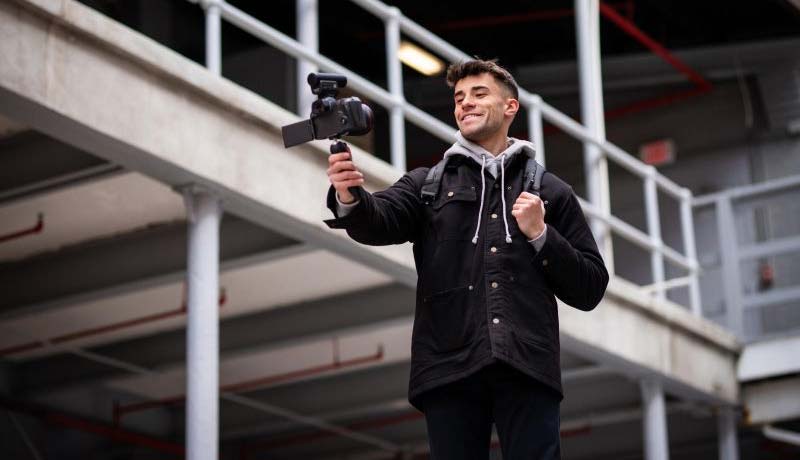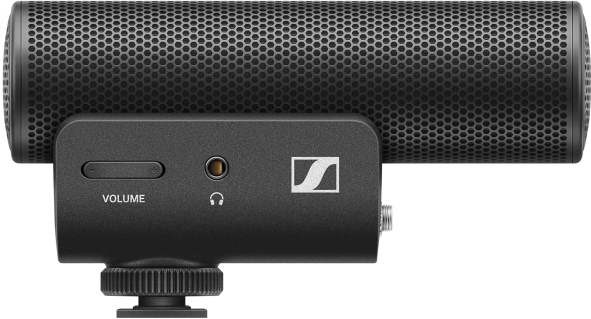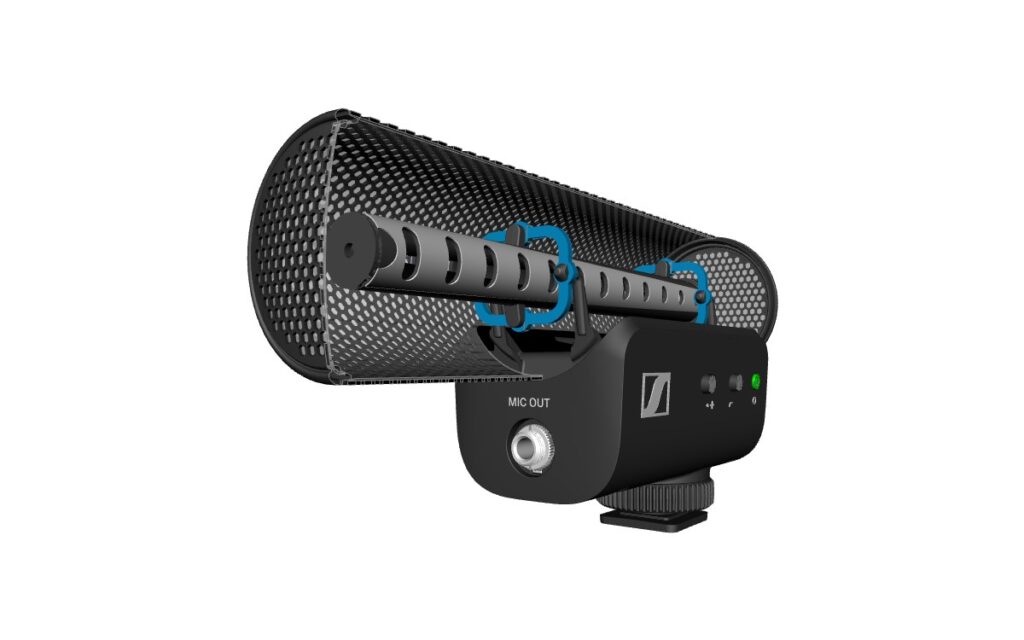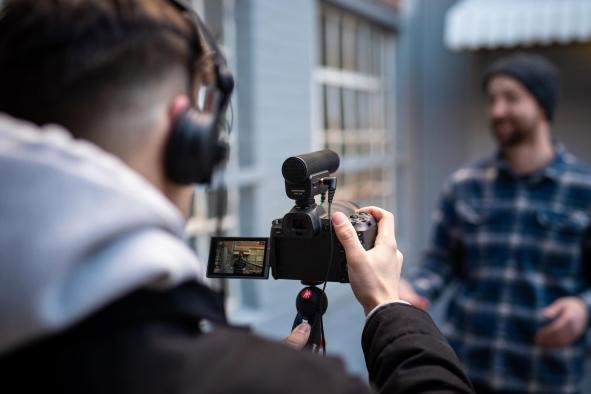
For vloggers, videographers and mobile journalists, storytelling is equal parts art and craft. Perhaps more than anything else, it is sound that makes a story come to life. Whether interviews, commentary or ambience, sound is the key to captivating and drawing in an audience. To provide creators with a tool to explore their sonic horizons, Sennheiser has launched the new MKE 400 – a highly directional compact shotgun microphone that brings compelling audio to DSLR/Ms and mobile devices alike.
“Much has been said about the importance of good audio for video,” says Kai Lange, Senior Product Manager at Sennheiser. “Now, the new MKE 400 lets users experience how vastly it improves in-camera audio, lifting storytelling to the next level and wowing audiences. We’re replacing the well-known and much loved MKE 400 with this new model, and even die-hard fans will agree that the latest version surpasses the original in many ways. The new MKE 400 now also features a headphone monitoring output with volume control, has a rugged internal shock-mount, clever internal windscreen and automatic on/off function, plus it comes with ample accessories included.”

Your audio upgrade: the MKE 400 compact shotgun microphone enhances in-camera audio for vloggers, videographers and mobile journalists
The MKE 400 achieves its directionality with an acoustic interference tube, providing a super-cardioid polar pattern that ensures pick-up from the direction in which the camera is facing while cancelling out distracting noise from the sides. The result: dialogue recordings with presence and clarity that will help bring your content to life.
The MKE 400’s shock-mounted capsule minimizes handling noise, while the cleverly designed microphone housing doubles as a standard windscreen. For outdoor use, a furry windshield is included: Simply place it over the integrated windscreen for maximum wind protection while recording. The microphone’s low-cut filter also does its part in removing problematic low frequencies like the hum from air-conditioning systems or the rumble from wind.

A look inside the MKE 400 reveals the acoustic interference tube, which is shock-mounted (blue elements) to prevent handling noise from transferring to the capsule. The mic housing doubles as a standard windscreen, saving space and hassle.
In your creation process, you will come across loud and confident speakers – but you will also want to catch those softer voices. The 3-step sensitivity switch adjusts the audio level to the mic input of the camera, helping you to address all the differences in dynamics that you encounter on a shoot.
One of the most important things when recording audio is to check levels and monitor your sound. Therefore, the MKE 400 is not only fitted with a low-cut filter and three-step sensitivity switch to fine-tune your sound but also with a headphone monitoring output and integrated 8-step digital volume control, as not every camera has its own audio output. You can plug any headphone with a 3.5 mm (1/8”) jack directly into the MKE 400 and conveniently check levels and audio performance while rolling.

Full control: conveniently check levels and audio performance via the MKE 400’s built-in headphone monitoring output with volume control
Your video recording is most likely not confined to one device, and your microphone doesn’t have to be either. The MKE 400 includes 3.5 mm TRS and TRRS locking cables to be used with DSLR/M cameras or mobile devices, ensuring that switching from one device to another is accomplished with ease. The mic’s cold-shoe mount with ¼-20 thread allows for universal mounting atop of cameras, gimbals or even at the end of a boom pole.
